Customers often send private messages in the background asking a series of questions such as “What exactly are new tobacco products? What do HNB, IQOS, and CBD specifically refer to?” In order to help everyone have a more systematic and clear understanding of “new tobacco products” , based on the introduction of various information, the editor summarized the terminology of new tobacco products for your reference.
Compared with traditional tobacco products, new tobacco products contain tobacco or can produce smoke and flavor, can give people the pleasure of smoking, and meet physiological needs, but they do not belong to categories such as cigarettes, roll-your-own cigarettes, pipe tobacco, etc. Hookah, cigars, cigarillos, chewing tobacco, snuff, and other categories of oral tobacco products. It is generally believed that there are mainly electronic cigarettes, low-temperature cigarettes (ie Heat No Burning Tabaco Products), etc.
What are the characteristics of new tobacco products?
1. No burning is required, which greatly reduces the tar and other harmful components produced by combustion. It is less harmful than traditional cigarettes;
2. It will not produce second-hand smoke and will not affect the public environment or the health of others, which to a certain extent alleviates the contradiction between smoking and banning smoking in public places;
3. Contains tobacco ingredients, which can adapt to and meet the physiological needs of consumers to a certain extent.
What is the background of new tobacco products?
New tobacco products are the product of changes in the tobacco industry. They are new low-risk products aimed at reducing harm. They use various scientific and technological means to simulate the taste of traditional cigarettes, thereby reducing the physical harm of traditional cigarettes to smokers. Its main features are that it does not need to be burned and is basically free of harmful ingredients such as tar. At the same time, it can meet the needs of humans to ingest a certain amount of nicotine.
The following are some common new tobacco product terms, let’s take a look.
1.NTP(NewTobacco Products)
NTP, also known as NGP (New Generation Products), is translated as “new tobacco products” or “new tobacco products”. Foreign countries usually refer to new tobacco products as RRP, Riskreducing products, and low-risk products (harm reduction products).
At present, new tobacco products mainly include three categories: e-cigarettes, heat-not-burn tobacco products, and smokeless tobacco products. Among them, the first two types of products produce smoke during the smoking process, so they are classified as atomized products. Smokeless tobacco products include chewing tobacco and snus (divided into dry snuff and moist snus, the latter also known as snus).
2.HNB
Heat No Burning Tabaco Products can be translated as “heat not burn” or “heat not burn”, which refers to heat not burn tobacco products. Heating methods mainly include electric heating, carbon heating, physical and chemical reaction heating, other heat source types, etc. In the charcoal heating type, a small section of charcoal is added to the head of the cigarette to generate heat after ignition and transfer it to the tobacco in the rear section without using a tobacco rod. For the electric heating type, you need to put the cartridge containing tobacco into the smoking device to heat it.
At present, the heat-not-burn tobacco products on the market mainly include international tobacco giants, such as Japan Tobacco Ploom, British American Tobacco Glo, American Reynolds Tobacco Revo, South Korean KT&G company lil, etc. China Henan China Tobacco FARstar, Golden Leaf, Sichuan China Tobacco Kuanzhai + Kungfu, Hubei China Tobacco MOK + COO, etc.
3.eHTP
Electrically heated tobacco products, electrically heated tobacco products. This is an electric heating method, including electronic cigarettes and heated cigarettes.
4.ECS
Electronic cigarettes. This is a nicotine electronic delivery (system) product used to generate nicotine-containing aerosols for smoking. This is the official domestic definition of e-cigarettes.
5.ENDS
ElectronicNicotine Delivery Systems Electronic nicotine delivery systems, including e-cigarettes and heated cigarettes. This is the unified name given by the World Health Organization to this type of product.
6.NSCs
(NatureSmoke Cigarettes, NSCs) natural smoke cigarettes, through anaerobic heating technology, are medium-sized smoke’s heat-not-burn black technology.
This technology is a new type of tobacco product jointly proposed and constructed by the Tobacco Industry Key Laboratory of Tobacco Technology of Zhengzhou Tobacco Research Institute of China National Tobacco Corporation and the Technology Center of Yunnan China Tobacco Industry Co., Ltd. in order to adapt to the new situation of tobacco product development. new categories.
It is said that this is a patented technology developed by China Tobacco – the unique NSCs anaerobic heating technology. The tobacco heated area naturally generates smoke in a low oxygen state, diffuses to the aerobic area, and then extracts the smoke through the inlet air circulation.
7.IQOS
It is the abbreviation of “iquit originalsmoking”, which is translated as “I give up traditional tobacco” or “I quit smoking”. IQOS is a representative product of heat-not-burn tobacco products and an epoch-making product in the new tobacco field. It was developed and designed by Philip Morris International Inc. (PM), the world’s largest tobacco company.
8.VAPE
Abbreviation for Vapour or Vaporize. Internationally, VAPE is the collective name for electronic cigarettes. Because it can literally distinguish electronic cigarettes from cigarettes, the entire e-cigarette industry is currently more inclined to use them.
In 2014, VAPE was named the “Hot Word of the Year” by Oxford Dictionary. A completely equivalent word has not yet been invented in Chinese, but e-cigarettes are now also called electronic atomizers, steam cigarettes, and steam wands. Extended words related to VAPE include VAPING (referring to the act of smoking e-cigarettes) and VAPER (referring to all e-cigarette users, including novices and players).
9.POD
Translated as “pod”, it refers to cigarette. Small cigarettes are divided into closed refillable pods, closed disposable pods and open refillable pods. At present, pod cigarettes have replaced big cigarettes and become the mainstream product in the market. Among them, JUUL is known as the originator of pod cigarettes and is an e-cigarette brand owned by JuulLabs, an e-cigarette manufacturer in San Francisco, USA. In early 2018, JuulLabs spun off the vaping company PaxLabs, becoming the top e-cigarette manufacturer on the market. Since then, Juul has focused on cigarette alternatives, while Pax has primarily made products that are hybrids between nicotine and various plants.
10.E-liquid
It is the abbreviation of electronic liquid, translated as electronic cigarette oil. There is another written term for e-juice. E-cigarette oil is also called electronic atomization liquid. Currently, the flavors of e-cigarette oil on the market mainly include seven categories: fruit, health care, tobacco, beverages, milk, food, and herbal medicine. E-cigarette oil brands include imported and domestic ones. Imports mainly come from the United States, Canada, the Philippines, Malaysia, France, the United Kingdom, Germany, etc. The main ones in China are in Shenzhen.
11.Nicotine
Translated as “nicotine”, the common name is nicotine. It is an alkaloid that exists in Solanaceae plants (genus Solanum). It is also an important component of tobacco. It is also a representative of N-choline receptor agonists, which affects N1 and N2 receptors. It has effects on both the central nervous system and the central nervous system and has no clinical application value. Nicotine can cause addiction or dependence, and repeated use also increases heart rate and blood pressure and reduces appetite. Large doses of nicotine can cause vomiting and nausea, and in severe cases, death. Currently, most e-cigarette oils on the market contain a certain amount of nicotine, and some do not.
12.NicotineSalts
Translated as “nicotine salt”, it is a crystal formed from free nicotine FreeBase through an organic salt reaction. When this kind of crystal is finally used, it still needs to be mixed with propylene glycol or glycerin to form a proportional solution, usually 100mg/ml. Its biggest benefit is that higher nicotine content can be more easily inhaled into the human bloodstream, unlike free radical nicotine e-liquids, where high nicotine can cause an unacceptable choking sensation. Nicotine salts, a first for PaxLabs, make nicotine more stable by adding some kind of acid. It is considered to be more effective than traditional free base e-liquid in helping smokers quit smoking. Currently, nicotine salt is mainly used in vaping products.
13.CBD
It is the abbreviation of Cannabidiol, translated as cannabidiol. Cannabidiol is the main chemical component in cannabis and is the non-addictive component of cannabis. Cannabidiol (CBD) is the main non-psychoactive ingredient in industrial hemp. It has the medical effect of reducing inflammation, convulsions and anxiety, pain and vomiting, and has significant effects in antidepressant, antiepileptic, anticancer, analgesic and sedation. With. CBD is a compound found in the cannabis plant and can be extracted from hemp or industrial hemp and processed into food, medicine or e-cigarette oil. Currently, the global CBD markets open for medical use include Australia, Ireland, 33 states in the United States, Canada, Israel, Uruguay, Germany, South Korea, Thailand, the United Kingdom, etc. In mainland China, private import and manufacturing of CBD is not allowed, and only state-approved manufacturers can manufacture CBD-related products.
14.VG
Common drugs and food additives (commonly used in making cakes, chocolates and other sweets) have no side effects on the human body. They are colorless and odorless, very hygroscopic, but relatively viscous, so it will slightly increase the difficulty of cleaning the atomizer and reduce the core. Oil transfer speed (relatively easy to dry burn/paste). VG can be extracted directly from vegetable oil, coconut oil and palm oil, heated to high temperatures, and then distilled and purified. Therefore, the USP food-grade vegetable glycerin used in regular e-cigarette liquid has a purity of 99.7% + 0.3% water.
15.Propylene glycol (PG)
Also known as PG, it is used to dilute the viscosity of VG. Hygroscopic, slightly sweet, colorless and odorless, with fluidity similar to water. The U.S. Food and Drug Administration (FDA) describes PG as “generally safe for human consumption” (only for ingestion). It is a common drug and food additive. PG has good oil conductivity and produces “a small amount of smoke” and “smoking smoke”. Throat hit.”
PG has been confirmed by FDA research to be classified as a safe additive (only for ingestion), although it is also one of the benchmark materials for antifreeze and is commonly used in the field of antifreeze and food and beverages with special requirements. Although PG is generally safe, a small number of people may experience mild allergic symptoms, such as throat discomfort, phlegm, dizziness, etc. These side effects are relatively short-lived and mild.
16.TFN
TobaccoFree Nicotine, Tobacco Free Nicotine. It is a kind of laboratory-synthesized nicotine, and the patent and trademark are owned by NextGenerationLabs. It does not fall within the scope of FDA tobacco regulation.
17.VAPE Mode
MTL-oral suction mode.
Mouthto Lung: mouth to lung, suitable for small smokers and people who want to quit smoking and replace cigarettes.
DL – lung suction mode.
Directto Lung: Suitable for players with high power, low ohm and large smoke.
MTN-oronasal mode.
Mouthto Nose: Neither mouth breathing nor lung breathing. Smoke is simply passed through the mouth and throat and then exhaled through the nose. It should be noted that nicotine will also be absorbed in the oral and nasal mode.

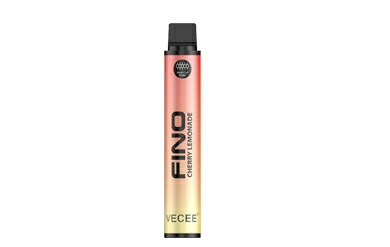
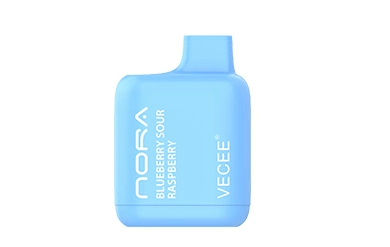
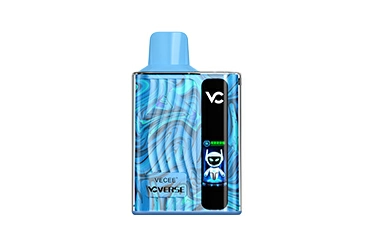
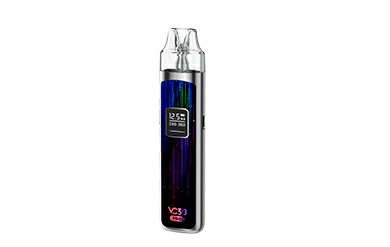
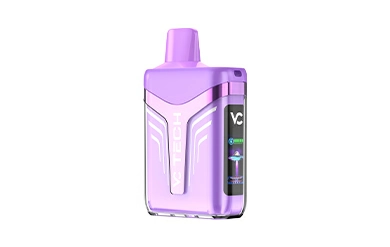
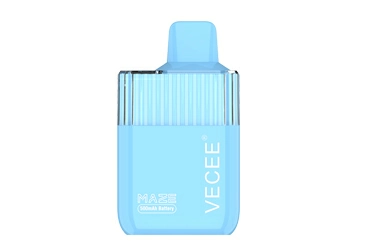
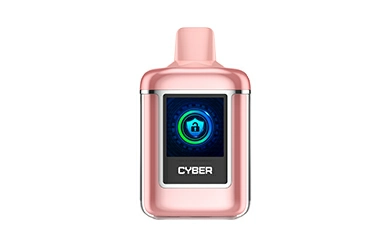

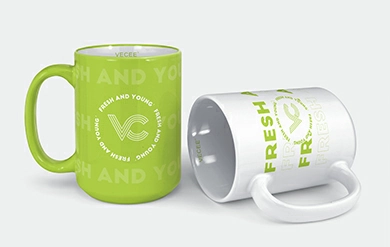


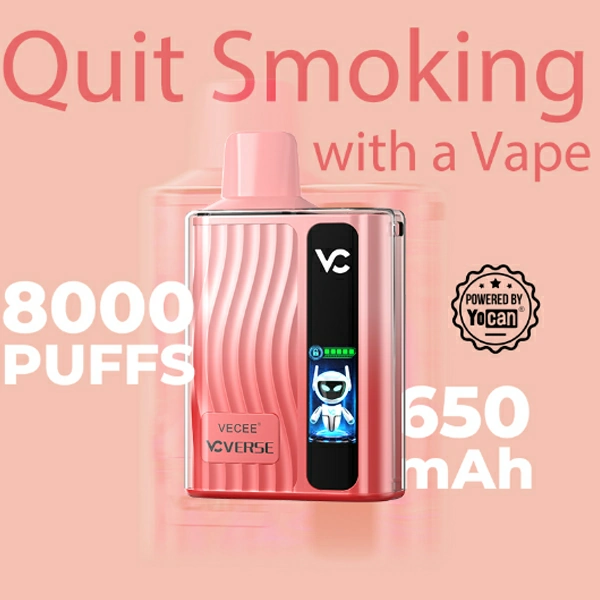
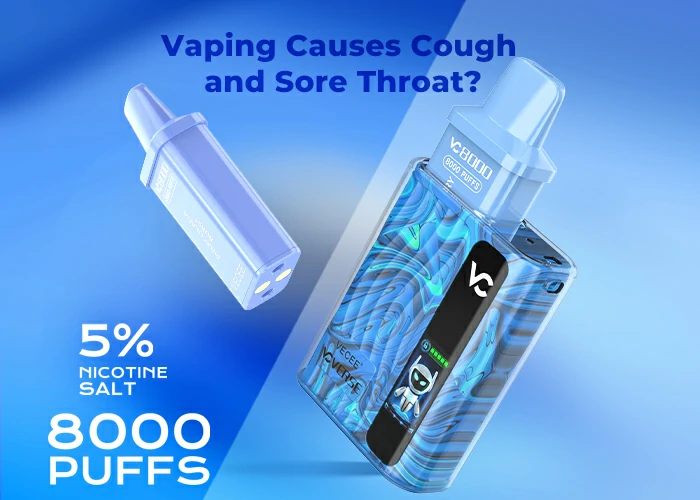
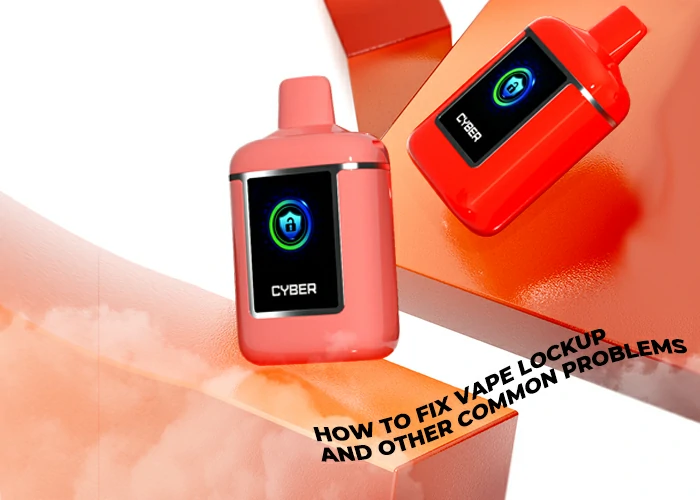

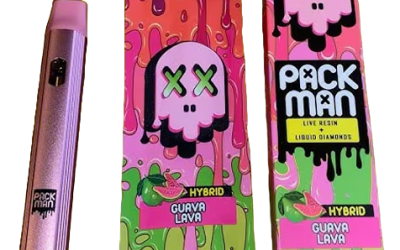
0 Komen